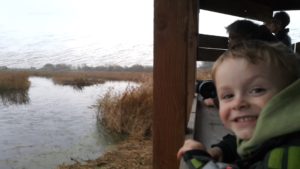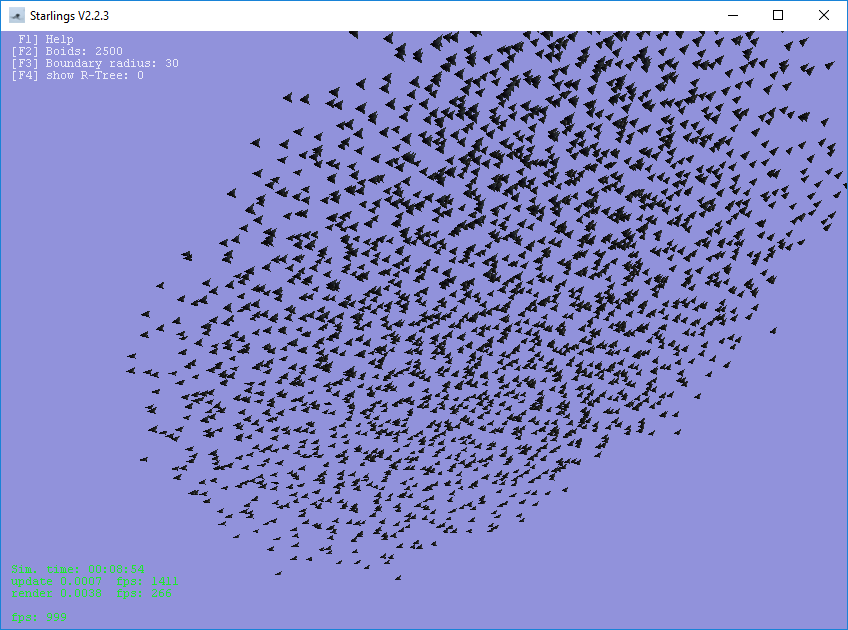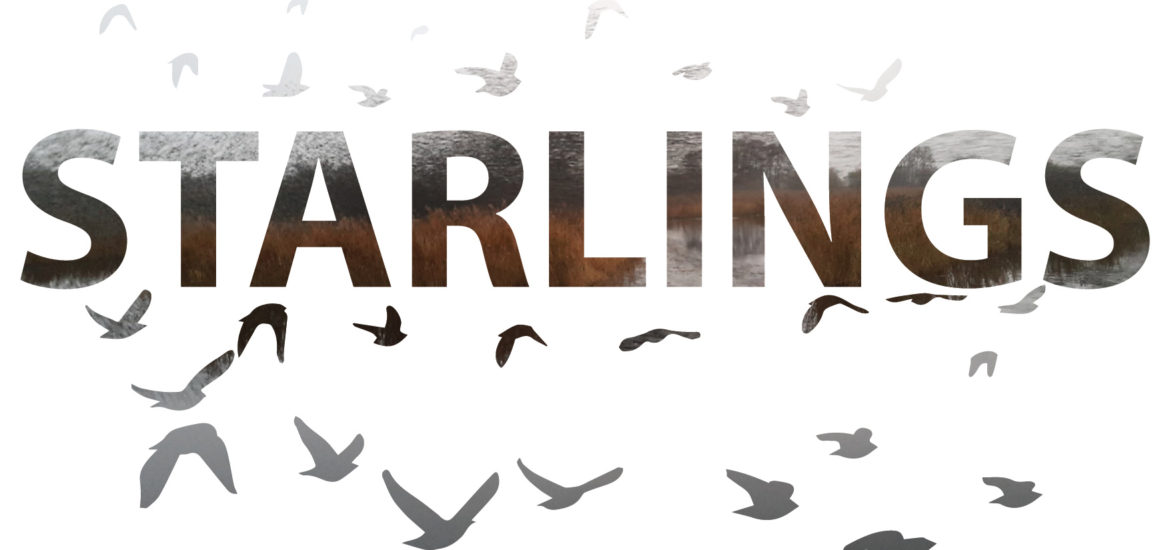We got up in the middle of the night and hiked half an hour in to a reed bed to see these guys this morning. It was worth the ‘boring’ 30 minute wait to see a 4 year old running around a hide screaming STARLINGS! STARLINGS! with delight as half a million birds exploded in to the sky all around us at sunrise.
 If you’ve never done this, just do it. The murmurations are at their peak between around November to February time.
If you’ve never done this, just do it. The murmurations are at their peak between around November to February time.
I can highly recommend Ham Wall near Glastonbury, you need to call the RSPB Starling Hotline before you go to find out where the birds are currently calling home.
Its a little back to front but I first learnt of these amazing displays from reading a number of research papers on attempts at mathematically modelling the behaviour. It seemed fascinating that we find it so hard to believe these animals are not individually automomous in their decision making. Despite this we struggle to replicate the behaviour without applying models that capture the flock as a single entity and assume almost telepathic communications exist between birds. In particular this paper in MIT review struggles with this paradox: https://www.technologyreview.com/s/415022/first-simulation-of-the-flocking-behavior-of-starlings/
There are some beautiful simulations around and I expect they will just get better as hardware improves. This one by Charlotte Hemelrijk Hanno Hildenbrandt from around 2005 was fun to play with. You have a lot of controls over the flocking behaviour and the visual parameters.

This later work below from 2011 shows the modelling of an ‘agitation wave’ the ripple effect as the flock reacts to an external.
To be clear, these displays are best seem in real life. Wake up early and get out doors!

